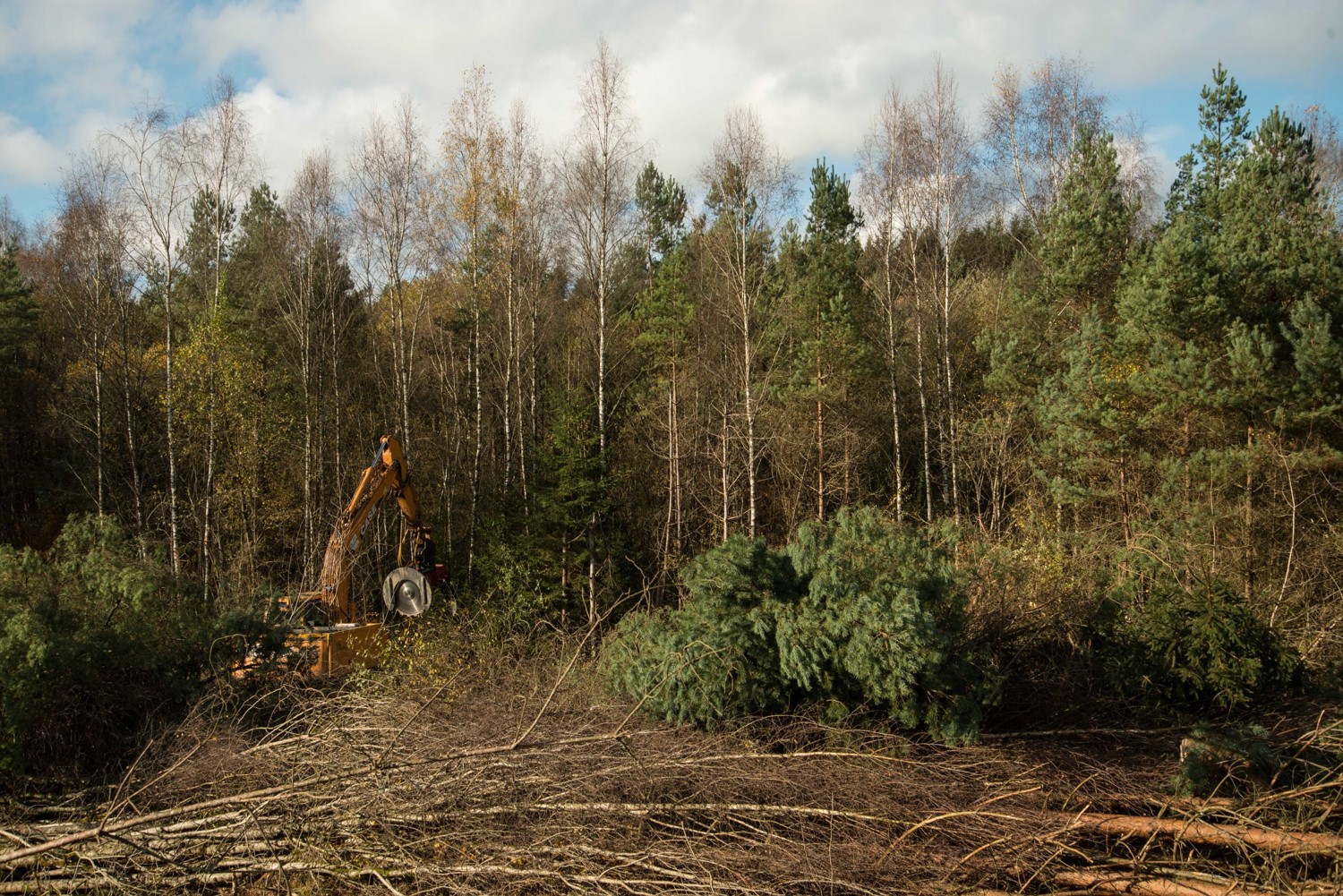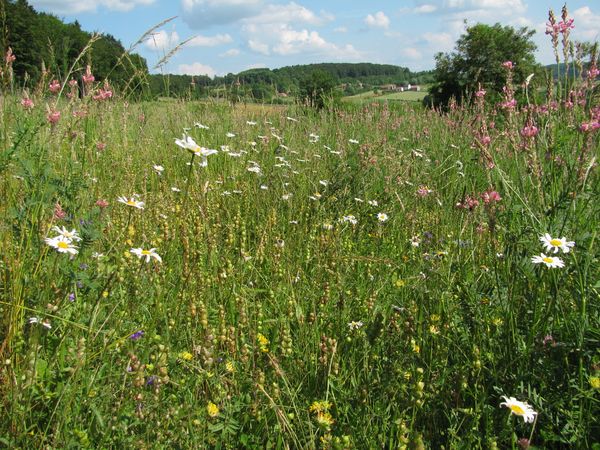[Science news] - A decision-making tool for restoring lowland grasslands in Europe
In lowland Europe, the vast majority of species-rich grasslands are in an unfavourable conservation status, which requires urgent restoration measures. A significant amount of information on the results of previous restorations exists thanks to the implementation of numerous projects and the publication of action plans, technical notes and scientific articles. This information is however very scattered, which does not facilitate decision making. In Belgium, practitioners and scientists tried to fill this gap during grassland restoration projects resulting of a partnership between the NGO Natagora, the Department of Nature and Forests and the Department of Natural and Agricultural Environment of the Wallonia Public Service, and Meise Botanic Garden.
In a recent publication, they propose a decision support tool using a step-wise framework informed by a review of scientific and grey literature, supplemented by successes and failures obtained in two large-scale restoration projects implemented on 850 ha spread over more than 100 different sites. After 8 years of implementation of restoration techniques, they had enough hindsight to propose a synthesis easily usable by practitioners that can help them make the best choices according to their specific situation. This work has demonstrated the complementarity and effectiveness of a partnership between the major players in the field of nature restoration and a botanical garden whose main mission is ex situ conservation. If this kind of collaboration was until recently unlikely in the context of LIFE projects, today it represents real added value for nature restoration projects.
The decision tree starts with an analysis of the situation before restoration, which includes aspects to be considered in general in any habitat restoration, such as philosophical acceptance, preliminary assessment, project aim, its feasibility, risks and sustainability. Different restoration techniques are then approached depending on the soil nutrient richness, the intensity of habitat degradation, the presence of the habitat in good conservation status nearby, and recurrent management to apply after restoration, depending on the type of grassland. This synthetic work is presented step by step according to a dichotomous key which is intended to assist practitioners in making their restoration work a success. In addition to its contribution to achieving GSPC target 3, the tool is also timely in the context of the UN Decade on Ecosystem Restoration (2021-2030) and given the continuous and widespread degradation of these habitats across much of Europe.
The tool is recently published in the scientific journal Journal for Nature Conservation (https://doi.org/10.1016/j.jnc.2021.126046)
 |
 |
| Example of a restored area. Left: situation before restoration: plantation of exotic conifers. Right: restored dry grasslands on calcareous substrate using a mixture of seeds harvested from grasslands in good conservation status in the same phytogeographic region, supplemented by plug planting after ex situ propagation of rare species (Photos: left: X. Janssens; right: S. Godefroid) |



